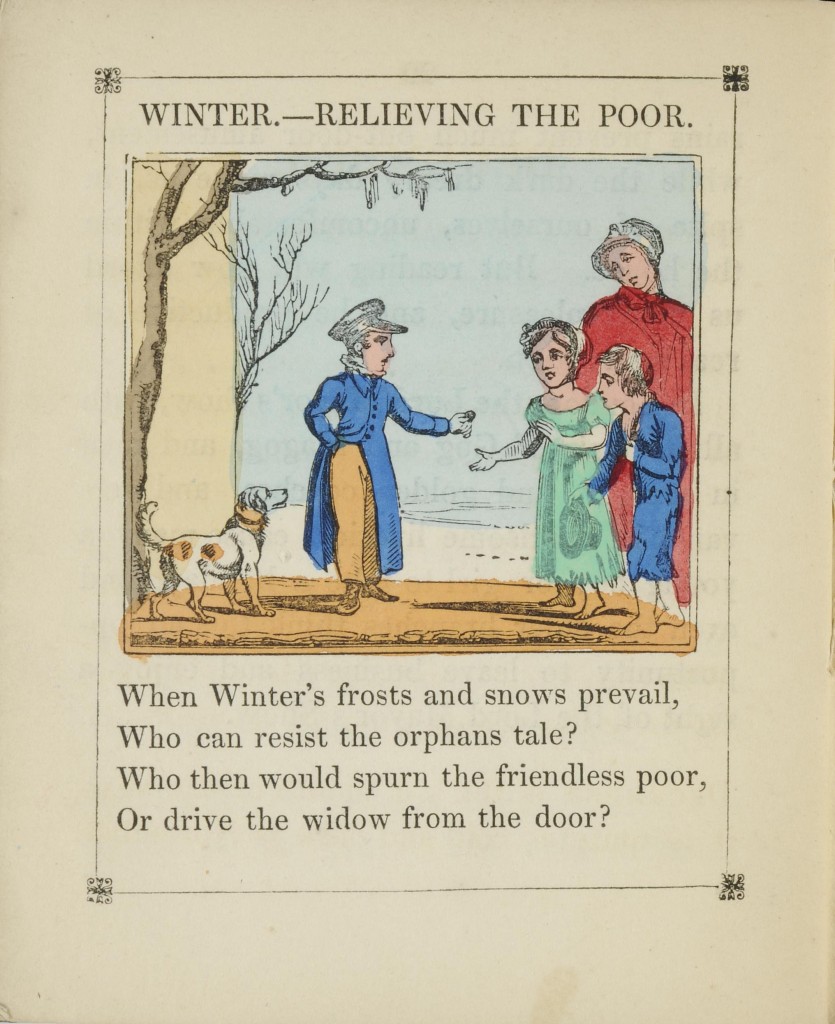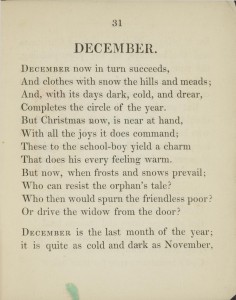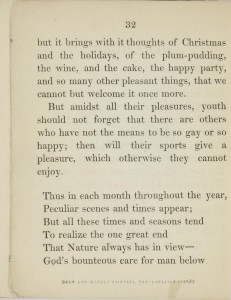For purposes of this digitization project, a definition of a chapbook is required.
“ a paper-covered booklet costing a penny or so, as sold by travelling hawkers (chapmen) who included bundles of them with the buttons, threads, laces and so on which they carried from village to village. Chapbooks were usually about 6 in. by 4 in., had up to twenty-four pages illustrated with crude but lively woodcuts, and had a decorated cover title.” [1]
Glaister continues his definition and provides a timeframe for these publications. London printers began to print chapbooks at the end of the 17th century and they continued to be published until the 1880’s, when the Catnach Press went out of business[2]. Carter states in his definition “not in current use since about 1830”.[3] In America, the chapbook era was from about 1725 to 1825, however in the McGill collections we have chapbooks printed later than 1825.
Chapbooks are also called penny histories. They were originally created as popular literature for adults, based upon medieval romance, English legends and folklore. Children’s chapbooks were later produced with popular nursery rhymes and fairy tales.
“The distinction between a chapbook and a small paper-covered child’s book is extremely fine and such were the physical characteristics and contents of tiny, ephemeral books designed for children that it seems reasonable to regard them as chapbooks.” [4]
Checklist for defining a chapbook:
– If the work has a cover, it will be made of paper
– Small in size – up to 15 cm x 10 cm
– 8, 16, or 24 pages
– Up to 46 pages can be included if meets all of the other considerations
– Unbound, leaves are stitched (sewn)
– Illustrated by woodcuts (sometimes tinted/coloured)
– Imprint between 1690 and 1880
– Often undated
– Author usually un-named
– Include religious tracts (author often named on these publications)
[1] Glaister, G. A. Glaister’s Glossary of the Book. 2nd ed. London: George Alen & Unwin, 1979, p. 92.
[2] Neuburg, V. E. The Penny Histories. London: Oxford University Press, 1968, p. 75.
[3] Carter, J. ABC for book Collectors. London: Granada, 1980, p. 57.



